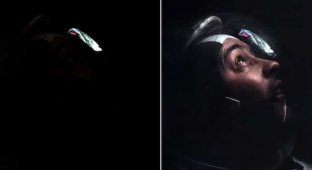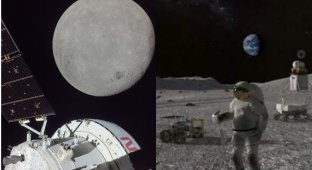Enthusiast restored photos of the Moon 50 years ago (10 photos + 1 video)
Andy Saunders from Cheshire restored photographs taken on the moon Apollo 17 astronauts, the last people to have ever been on the earth satellite. He dedicated his work to the 50th anniversary of the moon landing. She is came in handy in connection with a new era in space exploration, when NASA's Artemis I mission successfully flew to the moon and back. 
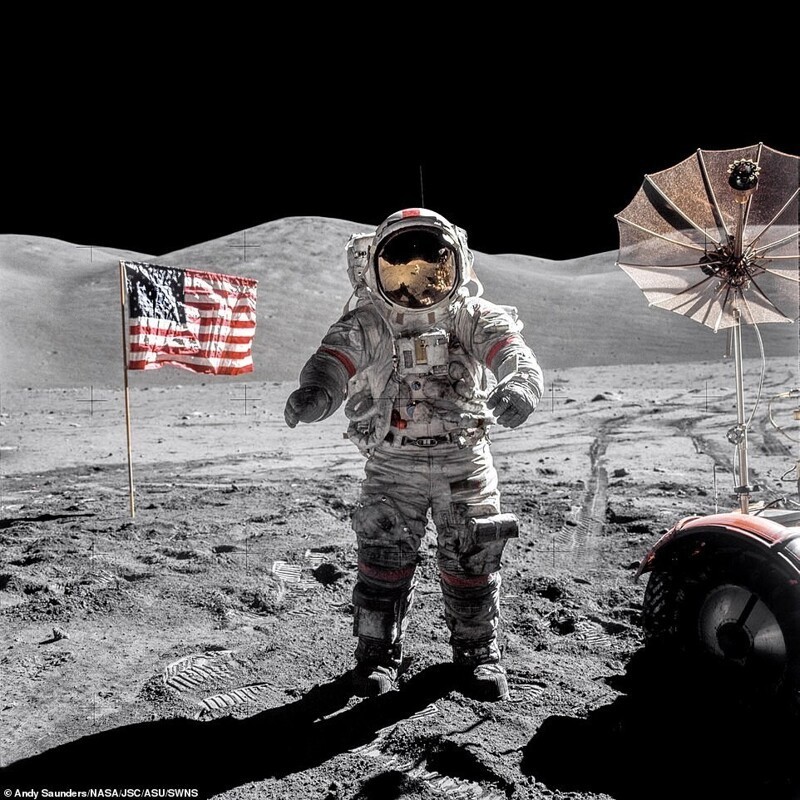
It has been 50 years since man last set foot on the moon. AT to commemorate this event, NASA released a series of updated photographs taken during the Apollo 17 mission. Pictured Apollo 17 astronaut Gene Cernan stands in front of the lunar surface, and the second astronaut, Harrison Schmitt, photographs it. 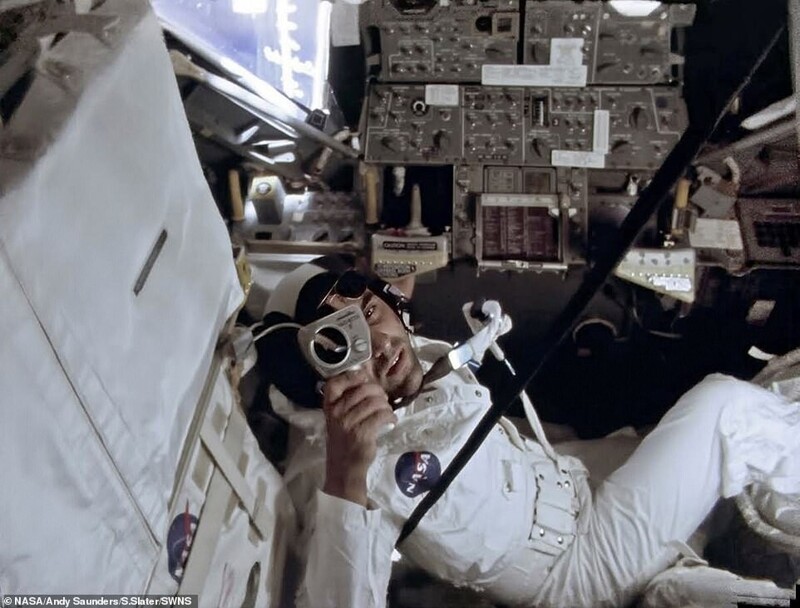
Schmitt, dressed in a spacesuit, floats in the Lunar Module during a mission in December 1972. 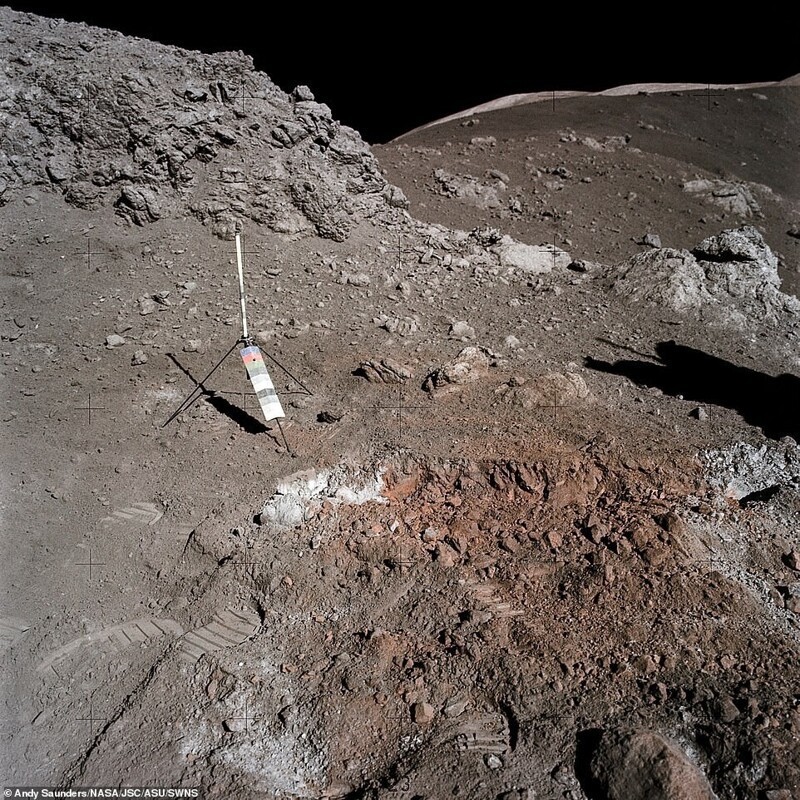
The photographs include visual evidence of Cernan's discovery and Schmitt: as it turned out, the Moon is not only gray, but also orange in places. 
Andy Saunders quit his day job in construction to view over 35,000 photos taken during missions "Apollo". It took him 10,000 hours to complete the project. "I've been obsessed since childhood. the Apollo missions,” Saunders said. - I always craved more and more more information about the people who made the trip, about the rockets, spaceships and I wanted to see more, to imagine what it would be like - fly to the moon. When I looked at old mission photos "Apollo", I was disappointed: the images that we usually see have a very low resolution, because for half a century each the photo we saw in the media was printed from duplicates or copies duplicates, processed on low-quality scanners, and to see something was impossible on them. And these photos deserve the most highly deserving of such a level of care and attention.
During the Apollo 17 mission, which is now celebrating its 50th anniversary anniversary, Cernan and Schmitt spent 22 hours on the lunar surface in the valley Taurus-Littrow, while their colleague Ronald Evans circled above them in lunar module. The team conducted a number of experiments, including seismic profiling, atmospheric composition analysis and lunar samples, and also brought home some souvenirs, including a stone that now on display in the Oval Office. 
“It was only recently that these photographs were taken from storage in Houston and scanned digitally at incredibly high resolution, - says Saunders. - Since I developed the remastering methods myself film, I decided to put my life on hold and take on this project. I appreciated every image on film from the entire Apollo program. This is 35,000 photographs and each frame from the 10-hour "movie" filmed by the astronauts on small format film cameras. After that, I began to find out what we see on images by examining transcripts and recordings of air-to-ground communications during mission time. So I found out who exactly took the samples, and what they talked about astronauts at the time,” Saunders said. 
“The most unexpected color in the pictures from Apollo 17 was orange,” says Saunders. - I mean completely orange soil! Later it was found to be tiny spheres of volcanic glass formed as a result of a lava eruption from the bowels of the moon 3.64 billion years ago". 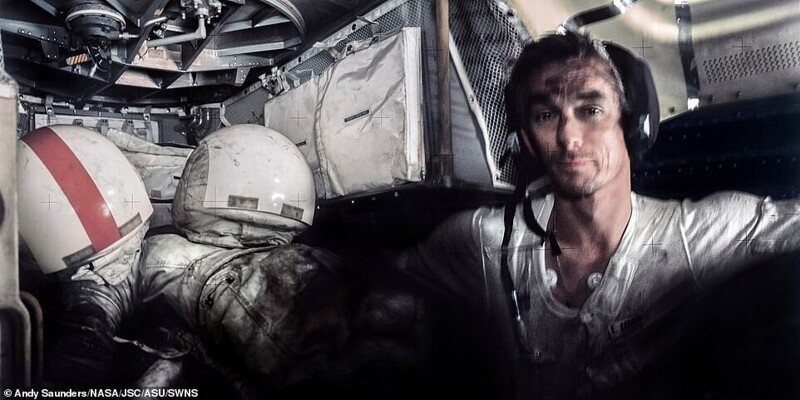
"Today, a huge cosmos spreads out before us, people are interested in history of space flights and, of course, the highest achievement when we sent a few elected representatives of humanity to amazing journeys from Earth to the Moon,” says Saunders 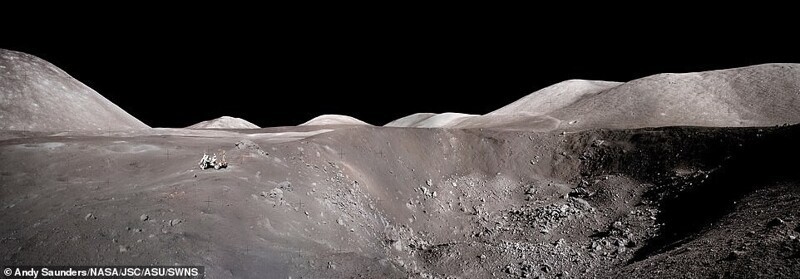
The release of the photographs also coincided with the success of NASA's Artemis I mission. During the mission, NASA's Orion spacecraft arrived at The moon, covering about 400,000 kilometers in five days. He flew farther than any manned spacecraftflying in deep into space about 60,000 kilometers from the far side of the moon. The Orion capsule will set several records at once, including duration of stay in space without docking with a space station, will return home faster and hotter than any other ship before her, and warms up more than its predecessors. He will have to endure temperature of 2760 degrees Celsius as it moves from about 40,000 kilometers per hour.
If the mission is successful, the uncrewed Artemis I will be followed by trip with the participation of people around the moon in 2024, while, according to plan, the first woman and the first person who does not belong to the moon will fly to the moon white race. Astronauts will be able to land on the moon in 2025. AT future plans are to build a permanent lunar outpost to deepen explore space and open the way to travel to Mars.












